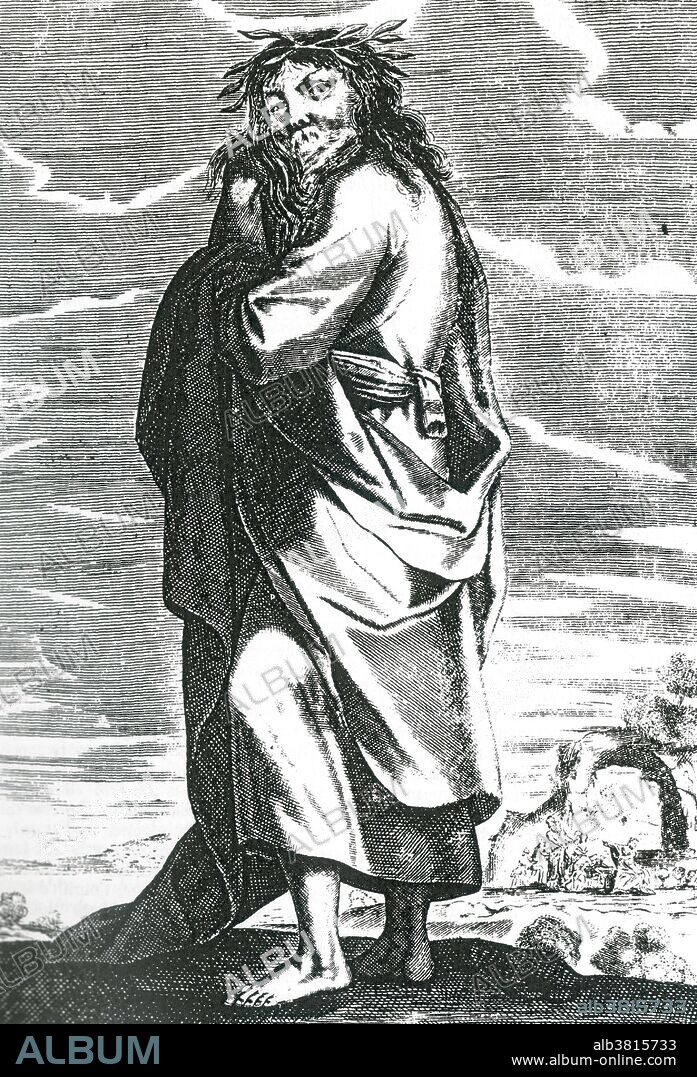alb3815733
Thales of Miletus, Sage of Greece

|
Ajouter à une autre Lightbox |
|
Ajouter à une autre Lightbox |



Avez-vous déjà un compte? S'identifier
Vous n'avez pas de compte ? S'inscrire
Acheter cette image
Titre:
Thales of Miletus, Sage of Greece
Légende:
Voir la traduction automatique
Thales of Miletus (624-546 BC) was a pre-Socratic Greek philosopher, mathematician, astronomer, the first identifiable scientist and one of the Seven Sages of Greece. Thales attempted to explain natural phenomena without reference to mythology and was tremendously influential in this respect. Thales' rejection of mythological explanations became an essential idea for the scientific revolution. In mathematics, Thales used geometry to solve problems such as calculating the height of pyramids and the distance of ships from the shore. He is credited with the first use of deductive reasoning applied to geometry, by deriving four corollaries to Thales' Theorem. As a result, he has been hailed as the first true mathematician and is the first known individual to whom a mathematical discovery has been attributed. He is reported to have predicted a solar eclipse in 585 BC, and tried to explain earthquakes. Engraving from "The History of Philosophy" by Thomas Stanley published in three successive volumes between 1655 and 1661.
Crédit:
Album / Science Source
Autorisations:
Modèle: Non - Propriété: Non
Questions sur les droits?
Questions sur les droits?
Taille de l'image:
2859 x 4200 px | 34.4 MB
Taille d'impression:
24.2 x 35.6 cm | 9.5 x 14.0 in (300 dpi)
Mots clés:
7E SIECLE AV. JC • 7EME S AV NE • CÉLÈBRE • CELEBRITE • HOMME • ILLUSTRATION • MATHEMATICIEN • MATHÉMATIQUE • PERSONNAGES • PERSONNALITÉS • PERSONNE • PORTAIT • PORTRAIT • POTRAIT
 Pinterest
Pinterest Twitter
Twitter Facebook
Facebook Copier le lien
Copier le lien Email
Email
